September 27, 2016
Boost predicted for commercial property transactions across the UK 0
 The next five years will see demand for commercial property in the South East of England expand at a faster rate than in London according to the Royal Institution of Chartered Surveyors (RICS) Annual Occupiers Survey 2016. The survey, conducted in association with EY and Savills found that a fifth (20 per cent) of UK property decision-makers expect to increase rather than decrease the amount of space they own or rent in the South East. In total, a net balance (percentage expecting to expand minus percentage expecting to downsize) of 13 per cent more respondents in the South East expect to increase, rather than decrease their portfolio, nearly double the figure for London at seven per cent. The net balance figures showed the lowest indication of growth was in the South West, at four per cent. The survey also revealed that 41 per cent of UK firms expect to expand the amount of UK property they own or rent over the next five years while only 8 per cent expect to downsize.
The next five years will see demand for commercial property in the South East of England expand at a faster rate than in London according to the Royal Institution of Chartered Surveyors (RICS) Annual Occupiers Survey 2016. The survey, conducted in association with EY and Savills found that a fifth (20 per cent) of UK property decision-makers expect to increase rather than decrease the amount of space they own or rent in the South East. In total, a net balance (percentage expecting to expand minus percentage expecting to downsize) of 13 per cent more respondents in the South East expect to increase, rather than decrease their portfolio, nearly double the figure for London at seven per cent. The net balance figures showed the lowest indication of growth was in the South West, at four per cent. The survey also revealed that 41 per cent of UK firms expect to expand the amount of UK property they own or rent over the next five years while only 8 per cent expect to downsize.








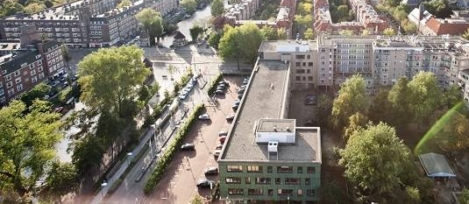
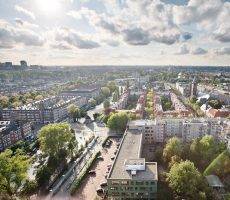



 The first full month of market activity in the UK’s commercial property sector since the Brexit vote, saw its value fall by just under three percent, according to
The first full month of market activity in the UK’s commercial property sector since the Brexit vote, saw its value fall by just under three percent, according to 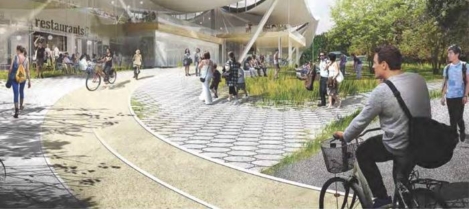
 In March,
In March, 

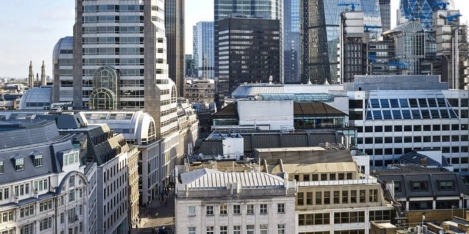













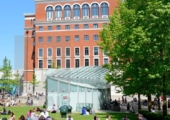
September 27, 2016
Businesses failing to look at workplace effectiveness in the right way 0
by Tim Oldman • Comment, Facilities management, Property, Workplace design
(more…)